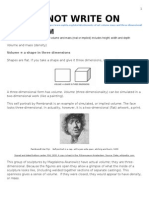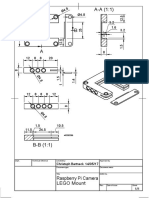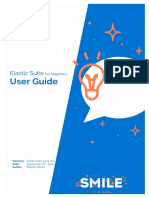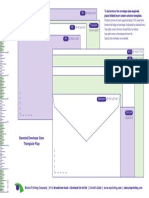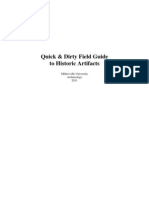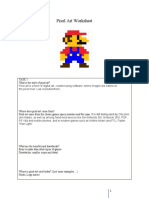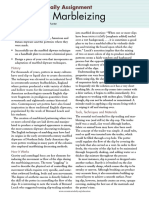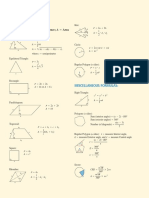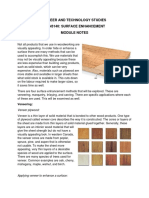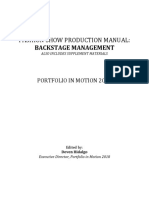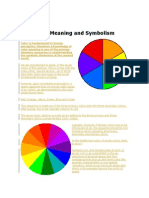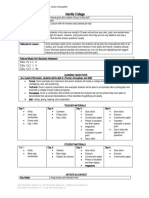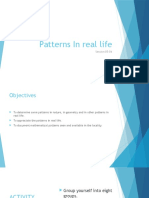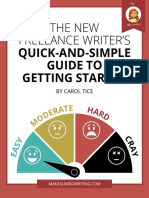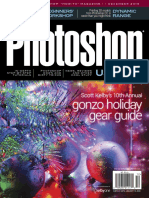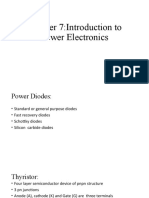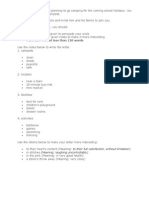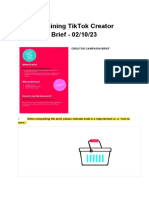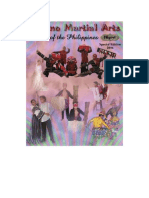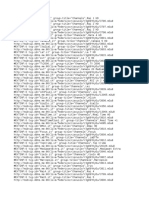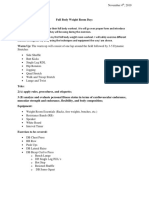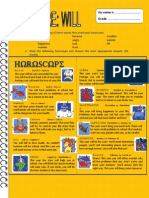0% found this document useful (0 votes)
60 views8 pagesChapters: The Tools
This document provides an overview of the key elements needed to become a comic book artist, including form, perspective, drawing the figure, composition, foreshortening, drawing heads, and inking. It discusses these topics over several chapters, with the goal of teaching readers the basics of visual storytelling through comic book art. The document emphasizes the importance of understanding principles like form and perspective to make drawings look realistic, as well as composition to design pleasing and understandable pages. It also provides guidance on drawing figures, faces, and comic book covers.
Uploaded by
Makuroh De LaraCopyright
© Attribution Non-Commercial (BY-NC)
We take content rights seriously. If you suspect this is your content, claim it here.
Available Formats
Download as DOCX, PDF, TXT or read online on Scribd
0% found this document useful (0 votes)
60 views8 pagesChapters: The Tools
This document provides an overview of the key elements needed to become a comic book artist, including form, perspective, drawing the figure, composition, foreshortening, drawing heads, and inking. It discusses these topics over several chapters, with the goal of teaching readers the basics of visual storytelling through comic book art. The document emphasizes the importance of understanding principles like form and perspective to make drawings look realistic, as well as composition to design pleasing and understandable pages. It also provides guidance on drawing figures, faces, and comic book covers.
Uploaded by
Makuroh De LaraCopyright
© Attribution Non-Commercial (BY-NC)
We take content rights seriously. If you suspect this is your content, claim it here.
Available Formats
Download as DOCX, PDF, TXT or read online on Scribd
/ 8
